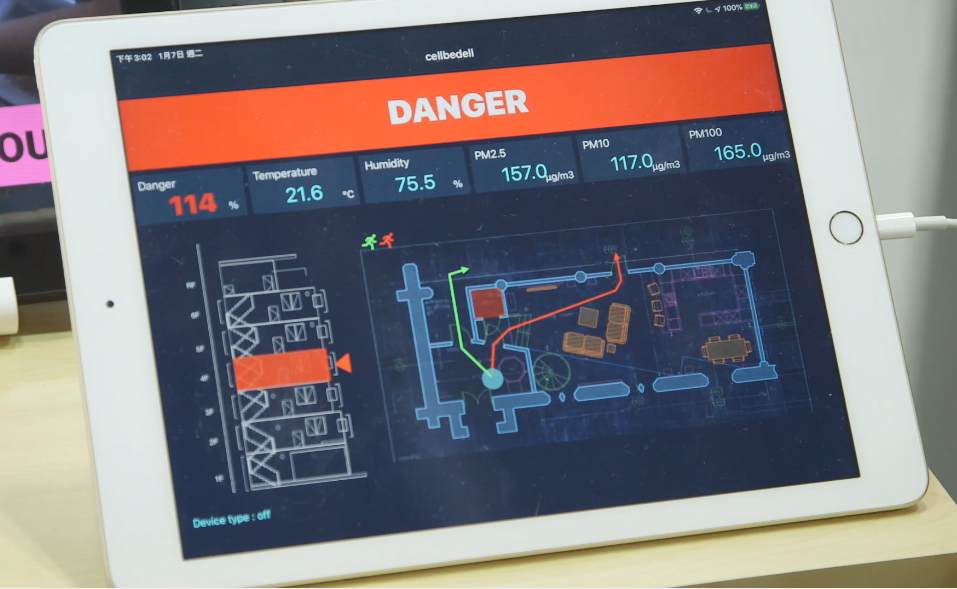For the third year in a row, Taiwan had a significant presence at one of the biggest electronics trade fairs in the world, CES 2020. Leading a delegation of 82 startups presenting in Las Vegas, Taiwan Tech Arena (TTA) said it was their largest delegation ever, winning over US$226 million in business opportunities.
Speaking to EE Times Europe at CES, Dr. Yu-Chin Hsu, Deputy Minister, Ministry of Science and Technology, commented, “Taiwan has played an important role in the global high-tech ecosystem in the past 30 years. We have 82 startup teams covering three areas: artificial intelligence (AI), smart technologies, and also in healthcare.” Dr. Hsu emphasized the need for Taiwan and its startups to be connected to the global tech ecosystem in all key markets and applications, which is why presence at a major trade fair like CES is important. “We see that in the future in the AI age, there will be a lot of our startups that become important.”
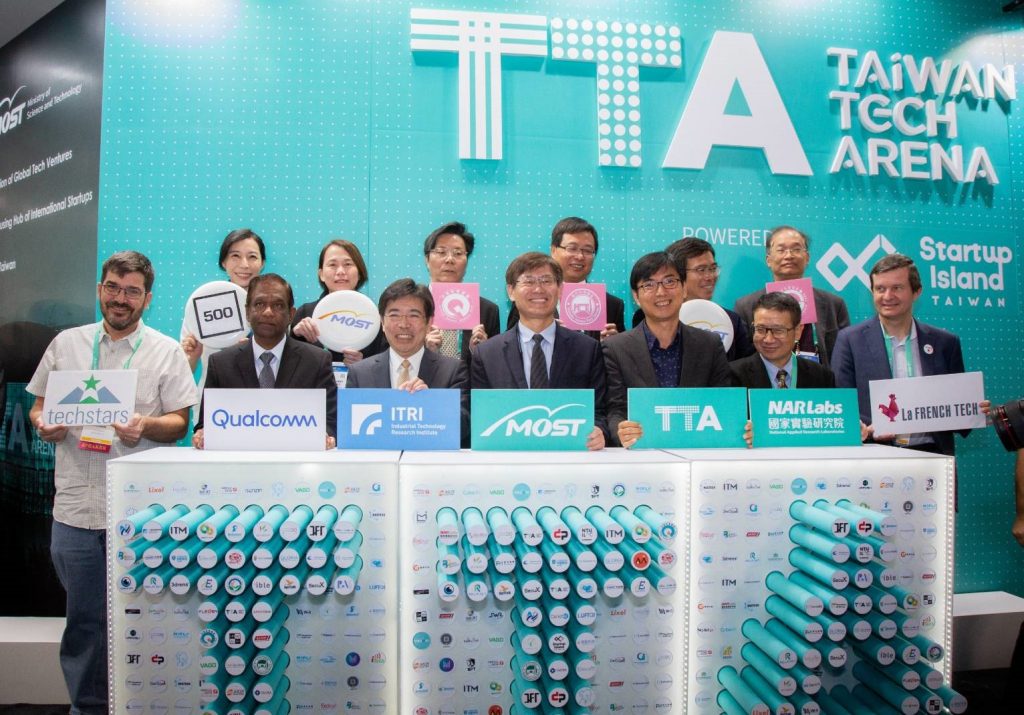 In addition to promoting its leading startups overseas and connecting them to the global tech ecosystem, Taiwan’s government also works hard to ensure strong collaboration between academia and industry, especially since a lot of leading-edge research is carried out at Taiwan’s research institutes. At CES, we spoke to Dr. Chiou Chyou-Huey, Director General, Department of Academia-Industry Collaboration and Science Park Affairs, Ministry of Science and Technology, who commented, “The Ministry of Science and Technology of government highly encourages industry and academia collaboration. We do so by providing incentives, mentors, mature business models and business plans support.”
In addition to promoting its leading startups overseas and connecting them to the global tech ecosystem, Taiwan’s government also works hard to ensure strong collaboration between academia and industry, especially since a lot of leading-edge research is carried out at Taiwan’s research institutes. At CES, we spoke to Dr. Chiou Chyou-Huey, Director General, Department of Academia-Industry Collaboration and Science Park Affairs, Ministry of Science and Technology, who commented, “The Ministry of Science and Technology of government highly encourages industry and academia collaboration. We do so by providing incentives, mentors, mature business models and business plans support.”
He added, “We also provide [academics with] some budget for them to take their scientific research to more mature products or services. Taiwan Tech Arena is a good hub to connect to the international market or international resources. Taiwan is very competitive in terms of talent and technology. That’s the reason why we bring a large delegation to attend CES.
A key focus of the TTA delegation was AI, smart technologies and healthcare. TTA supports startups by providing funding and a platform to grow their businesses. This year it gave the opportunity for startups in the healthcare industry to highlight how AI will improve the quality of lives. The startups which presented at CES 2020 are trying to disrupt current markets and push the boundaries of innovation.
Here we highlight some of the companies that we spoke to on the TTA booth at CES 2020, both in healthcare as well as AI and smart technologies in general.
Hipposcreen Neurotech: objective depression diagnosis
Hipposcreen Neurotech has developed a depression diagnosis system to provide an objective indicator of mental health of a patient, using a system it has developed for brain health assessment. The system combines an electroencephalogram (EEG) recording system and artificial intelligence (AI) algorithm to provide doctors with a way of rapidly measuring key indicators to identify the mental health of a patient. Using eight EEG electrodes to capture brain waves as input signals to an EEG amplifier, it uses an AI algorithm in the cloud to perform feature extraction and data analysis. Doctors can then view the data and assessment via a web portal within around two minutes.
At CES, the company told us, “We built this system to help doctors to carry out depression diagnosis, to save time and the doctor can also use this report to explain to the patient more easily and provide more accurate assessment results.” Its stress EEG assessment (SEA) system addresses a growing prevalence of major depressive disorder (MDD) and is expected to be used as an indicator of the level of MDD. The SEA system can achieve accuracy of higher than 80% on the EEG datasets collected as a result of collaboration between the department of psychiatry at National Taiwan University Hospital and Harvard Medical School (McLean Hospital).

Enosim Bio-Tech: an electronic “nose” detects disease
Enosim Bio-Tech has developed a real-time monitoring, breath detection and analysis system to identify ventilator-associated pneumonia (VAP). The core technology is a low power consumption nose-on-a-chip with software, integrated sensors, interface circuits, processors and memory. The breath analysis system uses data from a patient’s breath using the electronic nose to determine known diseases within its dataset. It overcomes environmental interference using a neuromorphic recognition algorithm.
Compared with traditional gas sensing, the e-nose does not use a single sensor, but instead uses multiple sensors to classify a gas. These sensors are combined into an array for odor recognition, and each of the different combinations represents a different odor. Compared with traditional gas analysis instruments, such as gas chromatography-mass spectrometry and Fourier-transform infrared spectroscopy, the e-nose system is easier to operate and to miniaturize.
The company said, “We are developing new technology to provide fast screening of diseases, by us ing your breath. If you have cancer or cancer cells, you have bacteria and these have multiple metabolisms, and there will be components existing in your breath. We are trying to detect these molecules.” The development of e-nose still poses many challenges in commercialization, including size and cost. Enosim’s electronic nose technology has been in development for over ten years and is looking to break through the technology bottlenecks.
ing your breath. If you have cancer or cancer cells, you have bacteria and these have multiple metabolisms, and there will be components existing in your breath. We are trying to detect these molecules.” The development of e-nose still poses many challenges in commercialization, including size and cost. Enosim’s electronic nose technology has been in development for over ten years and is looking to break through the technology bottlenecks.
Ventilator-associated pneumonia refers to a bacterial lung infection in intensive care units (ICU), where patients have been treated with a respirator for more than 48 hours. VAP is the most common nosocomial infection in ICU, and the rate of infection is about 7 to 14%. The mortality rate can reach from 35 to 90%. In ICU, there is an unmet medical need for rapid VAP identification.
RelaJet Tech: allowing people to hear in noisy environments
RelaJet Tech has developed the R1898 DSP, a complete solution for over-the-counter (OTC) hearing aids. The company said it has an AI acoustic fingerprinting engine which carries out edge processing on hearing aids. It said it can extract human voice characteristics within 10 milliseconds and amplify them so that people with hearing difficulties are still able to hear individual people talk in noisy environments. “Our focus of the company is to provide hearing aid solutions. Our key technology is what we call speech separation. We can separate the human voice from environmental noise within a millisecond using our DSP,” said a company spokesperson.
Through just 3-5 seconds of a recording, Relajet said it can label a specific voice, divide it and enhance it in real-time. It can also cancel certain sounds or noises and remove them in real-time. Finally, it can covert 2D sound into 3D – it does so by analyzing sound and environment, and then simulating 3D surround with its engine so that the user can ‘hear the space.’
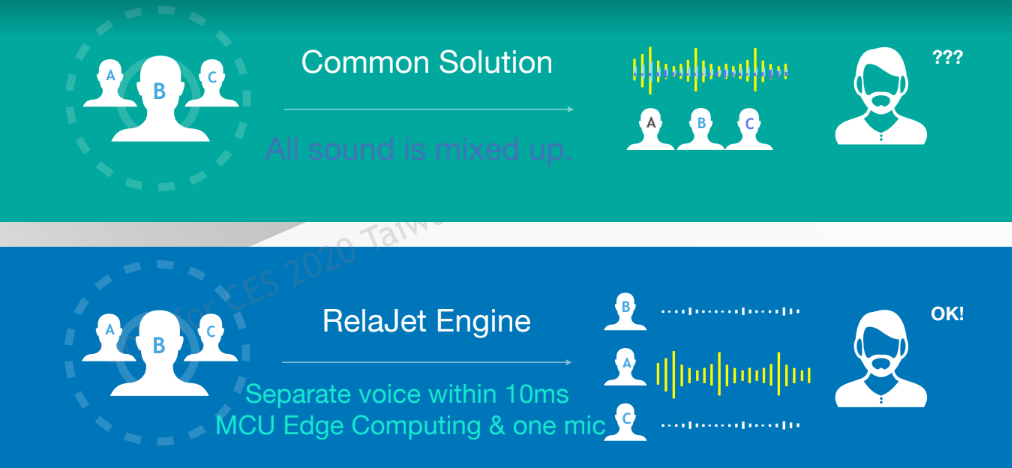
Taiwan User-Friendly Sensor & Technology: food allergy detection
Existing point of care devices for food allergy detection can only detect gluten over 20 ppm, and hence lack the ability to quantify smaller concentrations. Taiwan User-Friendly Sensor & Technology has developed a point-of-care device based on connected electrochemical sensors, which can quantify targets below 10ppm for multiple proteins simultaneously. With its rapid extraction techniques, the device can readout data in less than two minutes, and costs just a few dollars per test, compared to the thousands of dollars and a few hours to carry out the gold standard ELISA (enzyme linked immunosorbent assay) tests for food allergy detection.
The company’s co-founder and CTO, Dr. Hsing-Yi Lin said, “Our company is providing a food allergy detection device, which provides very quick detection of allergy. Currently in the lab, detection time takes four hours, but using our technology we can quickly detect allergies within two minutes.”
The company’s device consists of a handheld product which can extract allergens from food, and an electronic keychain reader for sensing allergens, connecting wirelessly to a smartphone to communicate the results.
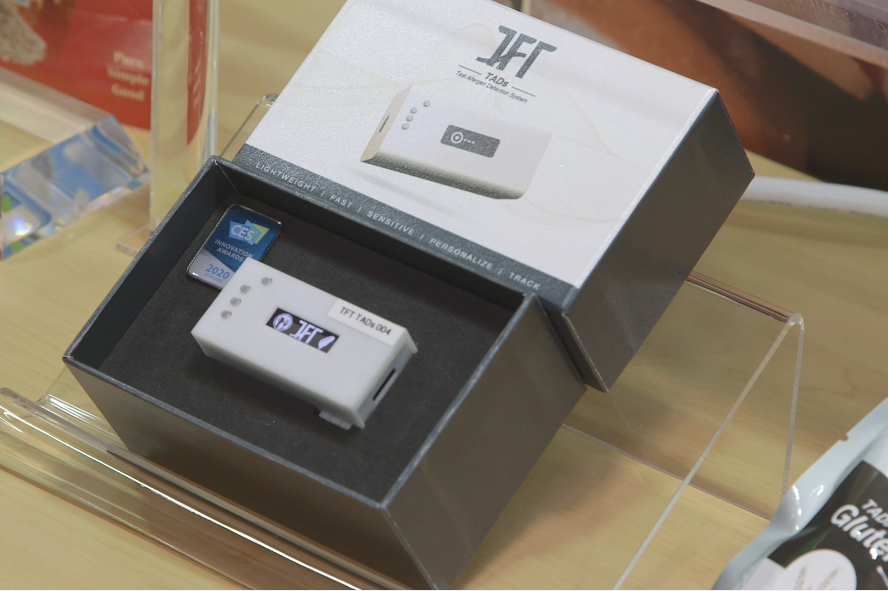
SWR Technology: wireless power for 5G devices
SWR Technology delivers 65W of wireless power through windows, enabling faster deployment of 5G connected smart devices within homes and buildings in the AIoT world.
In one application, its system solution with RF IC provider MaxLinear can deliver more than 1Gbps symmetrical data rate and up to 35W wireless power through triple-silver-coated low-emissivity (low-e) glass windows up to 35mm thick. The design allows 5G fixed wireless broadband (FWB) service providers to deploy gigabit broadband speeds using mmWave spectrum. With the solution, consumers can self-install small indoor/outdoor devices in the corner of a window, without drilling holes, without running new cables, and without needing a professional installation. The small, low-profile form factor enables aesthetically pleasing designs that will not obstruct views through the window. SWR Technology’s wireless power module uses a proprietary high tolerance resonance transfer technology to transmit 20 Watts of power through standard or triple-silver-coated low-e glass up to 35mm thick.
Shengming Shan, CEO of SWR Technology CEO, told us, “SWR Technology is a mid-distance wireless power technology company. At CES, we are looking to find a lot of great partners that could enlarge and change people’s expectations and user experience with wireless power.”
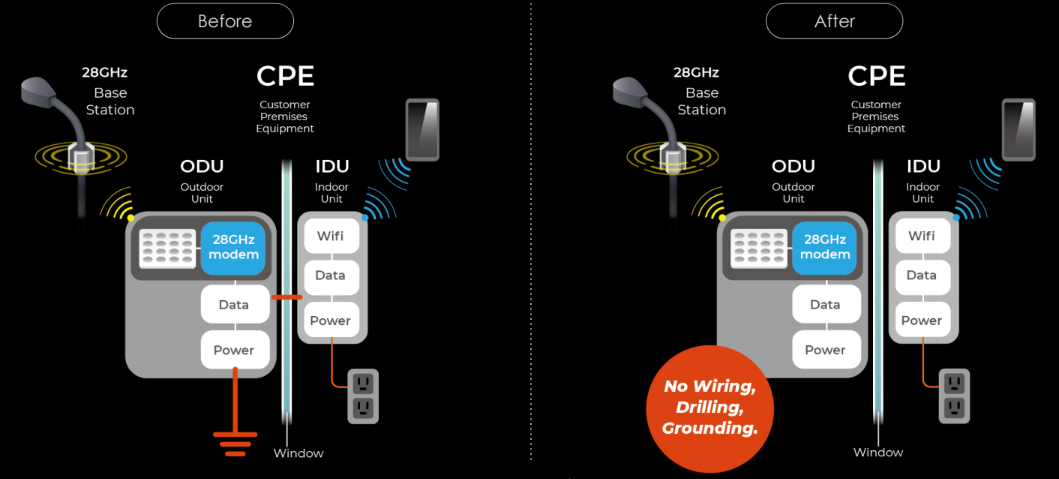
Mindtronic AI: embedded systems for automotive cockpit DMS
Mindtronic AI is an AI startup with a focus on human machine interaction, designing ultra-light embedded computer vision algorithms serving a wide range of applications. At CES, the company demonstrated its expertise in automotive AI solutions with its cockpit driver monitoring system (DMS) and interaction platform, the DMX. This utilizes high quality biometric technology for a luxury user interface, plus a DMS to assess a driver’s cognition and connect this to the vehicle’s ADAS systems.
The company offers a standalone DMS module board for direct integration with a vehicle’s dashboard system, as well as a software SDK for integrating into any embedded hardware system. Mindtronic AI’s solution is already validated in a vehicle use case. Its’ adaptive algorithm guarantees high-quality image acquisition in adverse lighting conditions, and the algorithms work in concert with the adaptive NIR array and allow the DMS to deliver constant, noise resistant, quality output to the car system. The acquisition speed and quality are enabled by a high performance ultra-lightweight deep learning framework design for low power embedded systems.
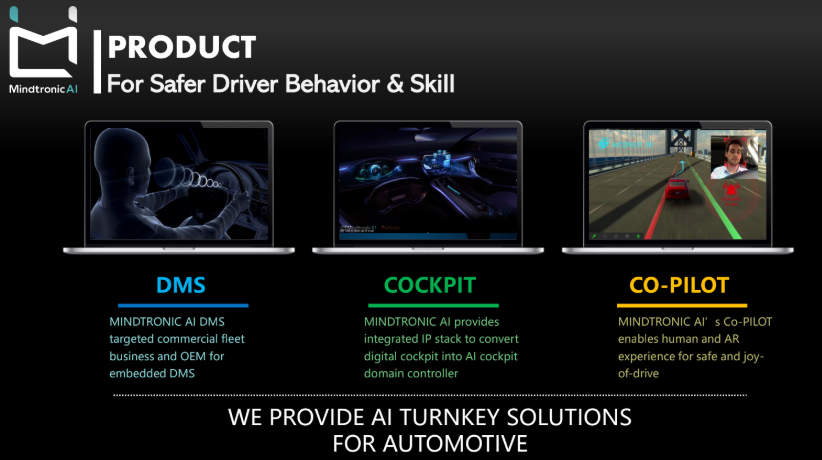
Lixel: 3D images without special headsets
Addressing the opportunities for presenting 3D visual images without the need for any special glasses or headsets, Lixel has developed a technology called 3D floating image with interaction. This is based on a light field and Lixel’s patent-designed flat display which can be viewed with the naked eye and features oblique viewing and interaction.
It is based on the founders’ collective expertise in light field technology, and aims to make images more natural, intelligent and responsive than before. Its technology and product can be integrated into products to provide more natural vision and intuitive interaction experiences.
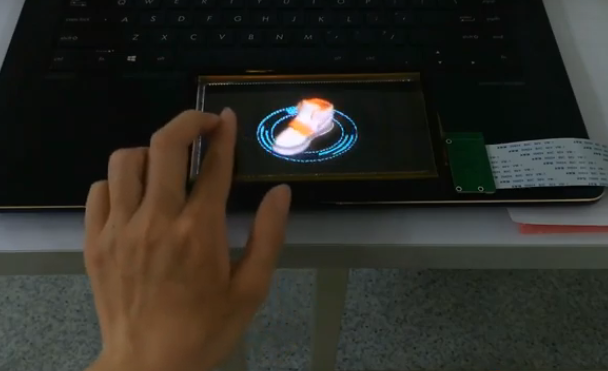 Potential uses include virtual assistants and communication, infotainment applications within cars (floating buttons to enhance safety and navigation), gaming and entertainment, online advertisement, online shopping. Lixel’s technology can be used in everything from general displays to consumer electronics and professional displays, such as in laptops, smartphones, and games consoles.
Potential uses include virtual assistants and communication, infotainment applications within cars (floating buttons to enhance safety and navigation), gaming and entertainment, online advertisement, online shopping. Lixel’s technology can be used in everything from general displays to consumer electronics and professional displays, such as in laptops, smartphones, and games consoles.
A spokesperson for Lixel told EE Times, “We develop new technologies beyond 2D: vision and touch technology. We bring the 3D floating image into action. The main purpose to come to CES is to introduce our 3D technology to the world. Because CES is a very important show in entire world. This year we will push ourselves to develop and release our product. We are still developing this market, and of course we will work very closely with our partners to develop new applications.”
Nestech: smart access control systems
Nestech combines edge computing and AI to develop smart access control systems. At CES, the company was showing its smart building control system and ACM smart hazard detection system to enable both management and safety for the hospitality and property management industries. Nestech provides complete turnkey solutions for various industries, ranging from intelligent city, hotel automation, smart home, intelligent office and other potential uses of smart connected devices. It specializes in system integration for internet of things (IoT) device and system development, as well as artificial intelligence IoT (AIoT) systems.
